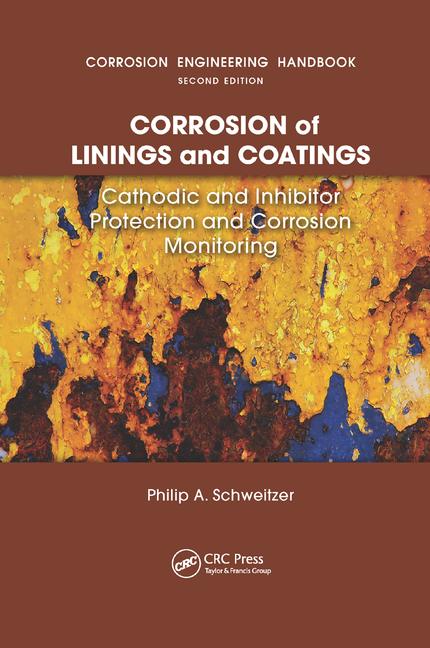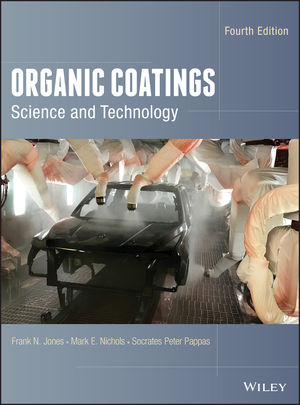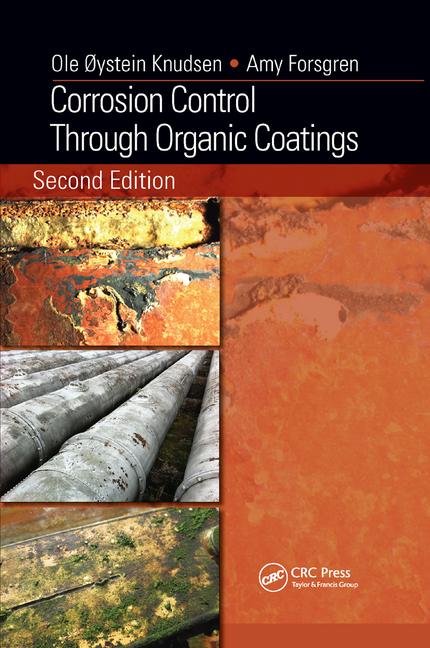Innovative Coating of Lampshades Uses Heat From Bulbs to Tackle Air Pollution

A lampshade coated with a catalyst uses heat from an incandescent bulb to destroy indoor air pollution. Photo courtesy of Minhyung Lee
Scientists report that they have designed catalyst-coated lampshades that transform indoor air pollutants into harmless compounds. The lampshades work with halogen and incandescent light bulbs, and the team is extending the technology so it will also be compatible with LEDs.
Indoor air pollution is rarely a major topic of discussion, but it can have a significant impact on health. Many everyday activities in the home release VOCs into the air. “Although the concentration of VOCs in a home or office is low, people spend more than 90% of their time indoors, so the exposure adds up over time,” said Hyoung-il Kim, Ph.D., the project’s principal investigator.
The lampshades target VOCs including acetaldehyde and formaldehyde, which are released by paints, cleaners, air fresheners, plastics, furniture, and cooking.
“Conventional methods to remove VOCs from indoor air rely on activated carbon or other types of filters, which have to be replaced periodically,” said Minhyung Lee, a graduate student in Kim’s lab at Yonsei University. Other devices have been developed that break down VOCs with the help of thermocatalysts activated by high temperatures or with photocatalysts, which respond to light. But Kim notes that most of these units need a separate heater or an ultraviolet (UV) light source, which can produce unwanted byproducts. His team worked to take a simpler approach that would only require a visible light source that also produces heat, such as a halogen or incandescent bulb, and a lampshade coated with a thermocatalyst.
Halogen bulbs convert a mere 10% of the power they use into light, with the other 90% being transformed into heat, according to Lee. Incandescent bulbs are even worse, emitting 5% light and 95% heat. “That heat is typically wasted,” said Kim, “but we decided to use it to activate a thermocatalyst to decompose VOCs.”
In a paper published last fall, the team reported that they had synthesized thermocatalysts made of titanium dioxide and a small amount of platinum. The researchers coated the inside of an aluminum lampshade with the catalyst and placed the shade over a 100-watt halogen bulb in a test chamber containing air and acetaldehyde gas. Turning the lamp on heated the shade to up to 250⁰F, warm enough to activate the catalysts and decompose acetaldehyde. During this oxidation process, the VOCs were initially converted into acetic acid, then into formic acid, and finally into carbon dioxide and water. According to Kim, both acids are mild, and the amount of carbon dioxide released is harmless. The researchers also found that formaldehyde can be decomposed under the same conditions and that the technique works with incandescent bulbs.
“This was the first demonstration to utilize waste heat from lamp sources,” said Kim. Most previous research projects, and even a couple of lamps on the market, have instead relied on light-activated photocatalysts to destroy indoor air pollution.
In its latest work, Kim’s group is turning to less expensive substitutes for platinum. The team has already shown that these new iron- or copper-based catalysts can break down VOCs. In addition, copper is a disinfectant, so Kim anticipates that the copper catalyst could kill airborne microorganisms.
The researchers acknowledge support and funding from the National Research Foundation of Korea; Ministry of Land, Infrastructure and Transport; Ministry of Environment; and Ministry of Trade, Industry and Energy.
To learn more, visit www.acs.org.
Looking for a reprint of this article?
From high-res PDFs to custom plaques, order your copy today!







